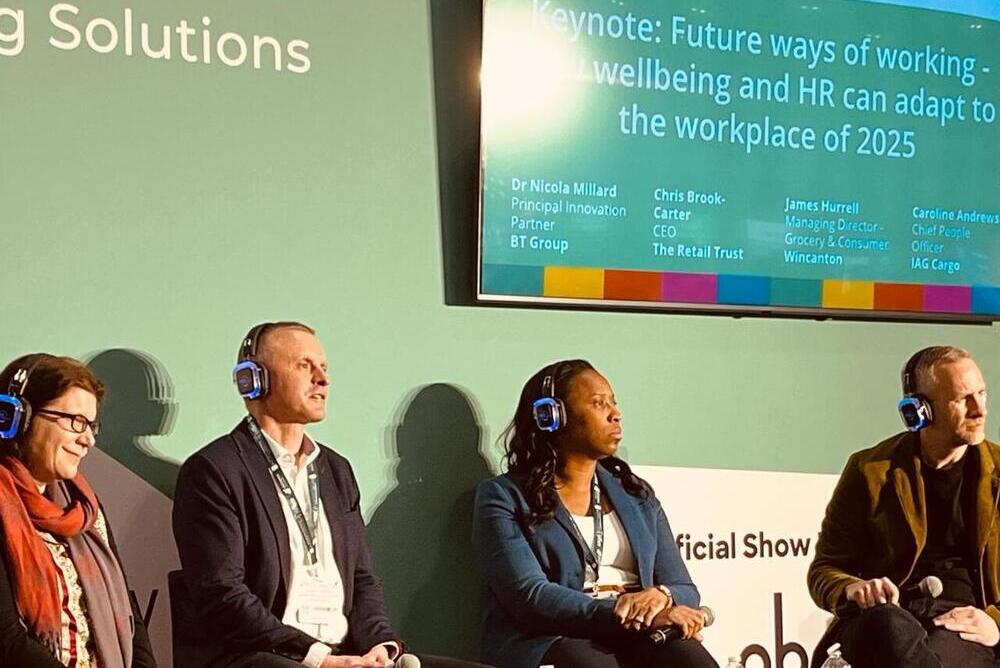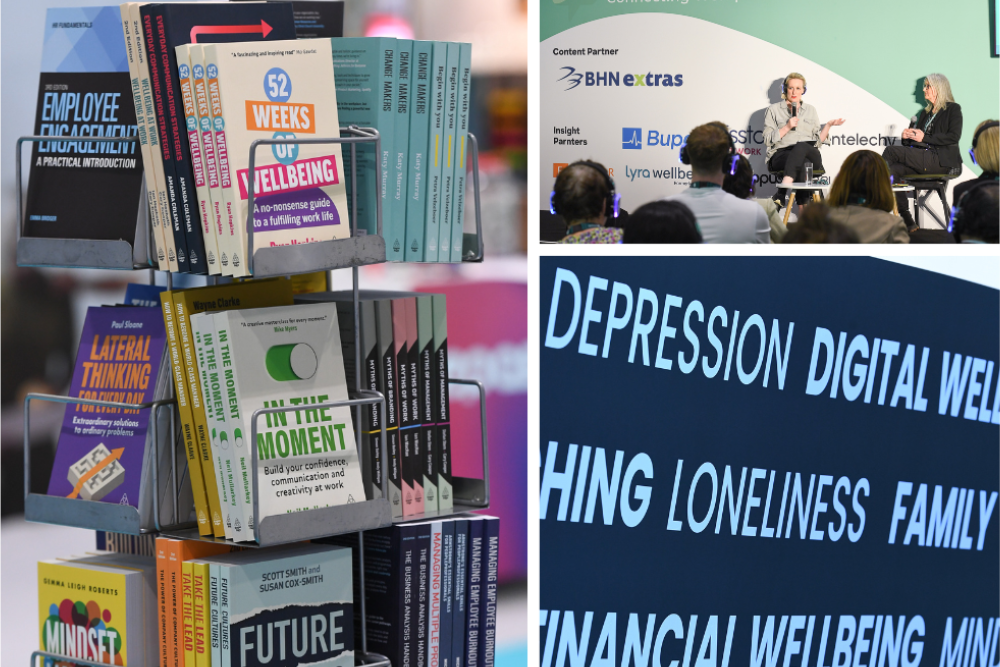Cleansing ‘toxic masculinity’ from the workplace is essential to reducing the number of men at risk of cancer, mental health issues and suicide.
International Men’s Day is on Sunday 19th November. As the theme, ‘Zero Male Suicide’, highlights, one of the biggest challenges faced by employers when it comes to men’s health is the unwillingness of men to speak out.
Toxic masculinity is a significant factor, putting pressure on men to appear strong and internalise concerns. As a result, twelve men will die by suicide today and over 140 men will be diagnosed with prostate cancer.
Yet despite the prevalence of these issues, few men are willing to discuss their mental health or urinary symptoms linked to prostate cancer for fear of ridicule. Fortunately, employers can create a culture where men feel safe asking for support in these ways.
Make sure wellbeing isn’t biased towards women
Although employers are doing more than ever to be equitable in their wellbeing programmes, our research shows twice as many women are referred into occupational health as men, with 16% of men saying work provides little or no wellbeing support, compared to 8% of women.
In most cases employers are doing just as much for men, but this isn’t coming across because toxic masculinity means men are more likely than women to put on their ‘I’m fine’ mask when asked how they are by their manager.
Critical to ensuring men are being equally supported is training managers how to use courageous conversations to help men to open up about any underlying issues, not least by asking them ‘How are you really’ instead of taking their first response at face value.
Destigmatise men’s health symptoms
Successive wellbeing campaigns mean women now feel much more comfortable discussing menopause symptoms, ranging from hot flushes to brain fog and fatigue, so they can be given help to cope with this at work.
Unfortunately, men who speak out about struggling with insomnia, loss of energy and becoming physically weaker due to the male menopause are more likely to be ridiculed than supported. Even fewer men are prepared to chat about how they were up half the night due to needing to urinate repeatedly (when this could be a sign of prostate cancer).
Prostate cancer symptoms can include:
- needing to pee more frequently, often during the night
- needing to rush to the toilet
- difficulty in starting to pee (hesitancy)
- straining or taking a long time while peeing
- weak flow
- feeling that your bladder has not emptied fully
- blood in urine or blood in semen
Signs that cancer may have spread include bone and back pain, loss of appetite, pain in the testicles and unintentional weight loss. Source: NHS
Critical to destigmatising men’s health issues is talking about the symptoms associated with them all year round, and not just during Movember, so this becomes normalised and something everyone is aware of and comfortable speaking about. The more leaders and people in positions of authority can discuss their experiences the better.
Recognise the impact of toxic masculinity on mental health
When it comes to supporting mental health, managers are often told to look out for the signs that someone is taking less physical care of themselves or becoming more forgetful or emotional and prone to crying. Although these are important signs to watch for, it’s also important to bear in mind that toxic masculinity means men can often suppress these feelings, which can lead to them becoming more aggressive and grumpier instead.
This means mental health issues in men can often present themselves as an increased tendency to complain about others and even raise grievances. Men can also be perceived to have behavioural problems when this is often due to not coping with stress or anxiety instead.
At the other end of the spectrum, toxic masculinity means some men might feel more inclined to take their own life than admit they need help for feelings of depression. Since they can’t always be depended on to come forward for support, managers should be mindful of those most at risk, including younger men living alone, men aged 45-49 and those going through a big life event, such as a relationship breakdown, bereavement or redundancy.
Address the underlying reasons for poor wellbeing
The stigma surrounding mental health, especially for employees whose first language isn’t English, and for whom the topic remains ‘taboo’, is not to be underestimated. Men themselves might suppress feelings to the extent that this manifests in other ways.
We often see men calling our physiotherapy helpline because they’re carrying a lot of tension in their shoulders and necks, when what’s really wrong is the financial or workload worries causing that tension. If you only address the physical problem, they won’t be getting the support they need.
Similarly, older men who become depressed after losing physical conditioning might actually be going through the ‘manopause’. Although emotional support is helpful, they also need help to build up their physical strength more gradually, so they can take part in activities they used to love doing again, without injuring themselves.
Encourage blood testing and screening
Men have a significantly reduced life expectancy compared to women, in no small part because they’re less likely to engage with primary healthcare professionals, such as their GP. With waiting lists for cancer and heart treatment at an all-time high, the sooner men can be helped to detect things like prostate cancer or heart disease, the better.
By the time prostate cancer reaches stage 4, there is only a 50% survival rate, compared to a near 100% survival rate if caught during stage 1-2. (Source: NHS). Similarly, someone who is told they have dangerously high cholesterol will have a greater opportunity to reduce their risk of cardiac arrest or stroke, than someone who doesn’t know they’re at increased risk.
This means it can be helpful to offer blood testing or screening as part of your workplace benefits or wellbeing schemes. Alternatively, make sure you encourage men to take up the free health screening and blood testing offered by GPs, especially when they enter a new risk category by age.
About the author:
Kathy Cox is health and wellbeing consultant for PAM OH
Kathy Cox is a health and wellbeing consultant for PAM OH, which proactively helps employers to reduce sickness absence and boost wellbeing. As a former transformation coach, Kathy also coaches managers on how to create the behaviour and culture change needed to reduce the risk of employees becoming too sick to work in the first place.
You might also like:















